The 10th Short Field Visit was held
The 10th short field visit was conducted from the 16th to the 17th of October 2015. Nine people including both program students and teaching staff visited two cities in Fukushima, Soma and Minamisoma city. The theme of the visit was “Sense Fukushima – To capture the present status of Fukushima-.”
On the evening of Oct. 16th in Fukushima city, the orientation for all participants of the short field visit took place in order to share and confirm its purposes, and to distribute information about the places to be visited.
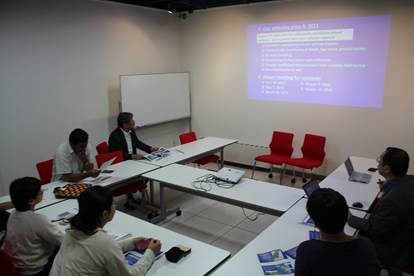 Orientation
Orientation
On the 17th they saw decontaminated fields and temporary storage sites for the decontaminated waste from the bus on their way to Minamisoma city. They then traveled to Soma port where they learned about restoration work from the Tsunami damage by the Great East Japan Earthquake and ongoing various development projects.
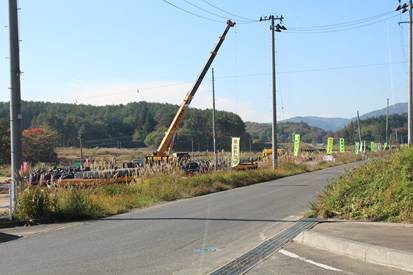
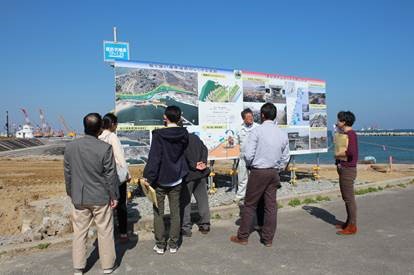
During the afternoon of the 17th the group went to Minamisoma municipal general hospital where they received explanation from a medical perspective on the details of activities carried out in Minamisoma city since the disaster occurred on the 11th of March, 2011. They gained a clearer understanding of the current situation and remaining challenges. Additionally, they also observed internal exposure testing that was done using a whole body counter.
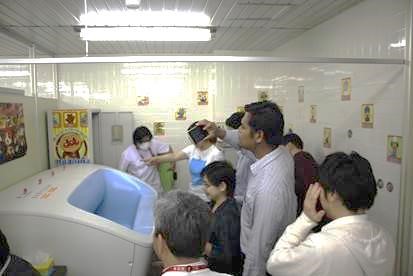
They visited the mouth of the Ohta river to investigate the remaining influence of Tsunami damage. Afterwards, they visited the Odaka station area where the government is preparing to lift the evacuation order. Following this they traveled south on route 6 which had been reopened to traffic on the 15th of September 2014. They measured the air radiation dose while in the bus.
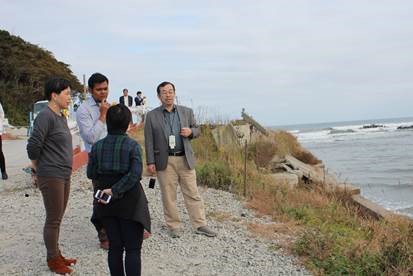
At the end of these visits, a comprehensive review session was held. Although some participants indicated that they had come to Fukushima previously, this time they visited sites where they could clearly see and understand the extent of the remaining Tsunami damage and measured radiation dose by their own. It was a particularly meaningful opportunity. Several others also suggested that the orientation was useful because of the opportunity to view pictures taken during the previous years, giving them a chance to compare the past situation to the present.
After the two-day visit the students reaffirmed the importance of interdisciplinary learning in order to become global leaders for the recovery from radiation disaster. It was an especially precious opportunity for the 1st year students who were able join a Fukushima visit for the first time.

 Home
Home